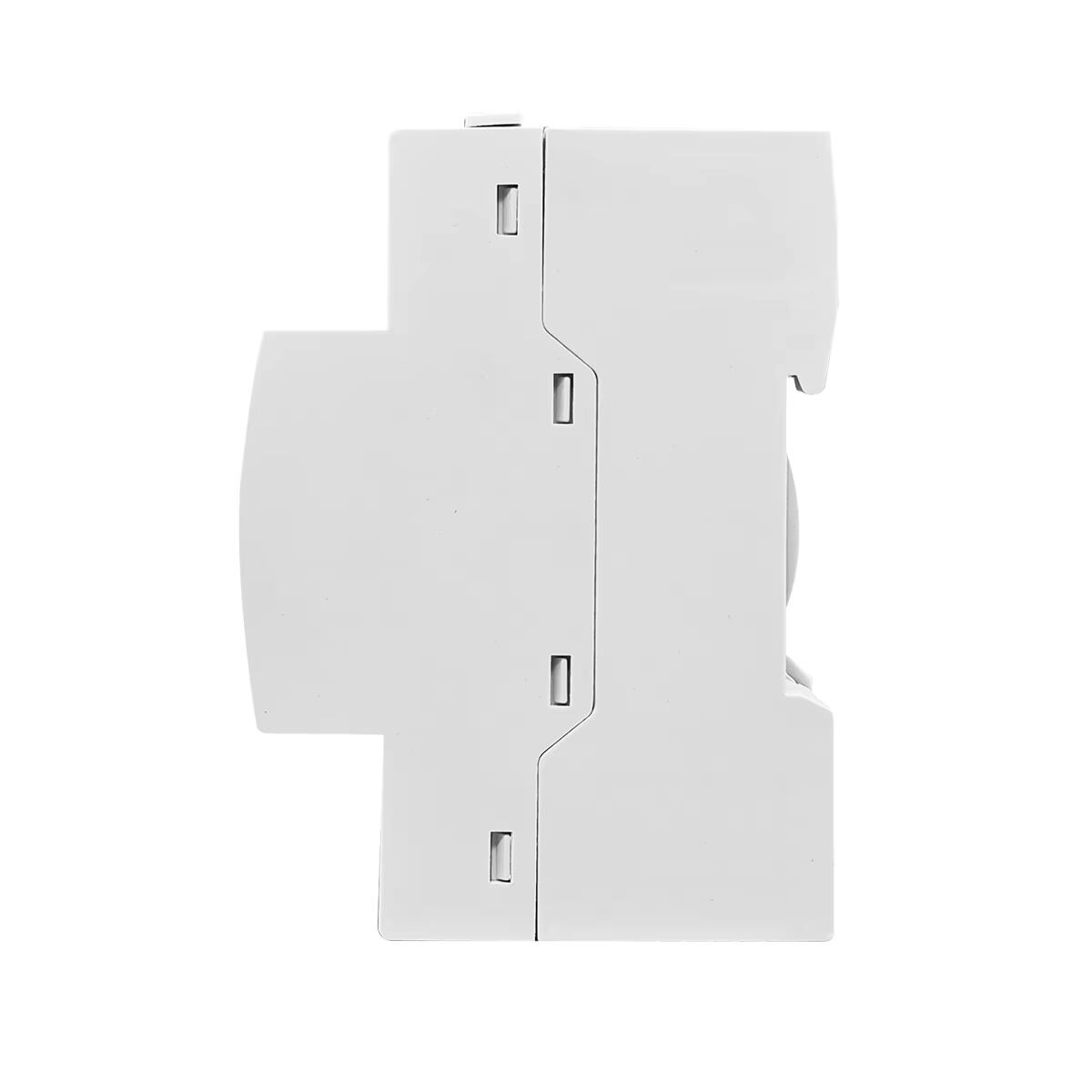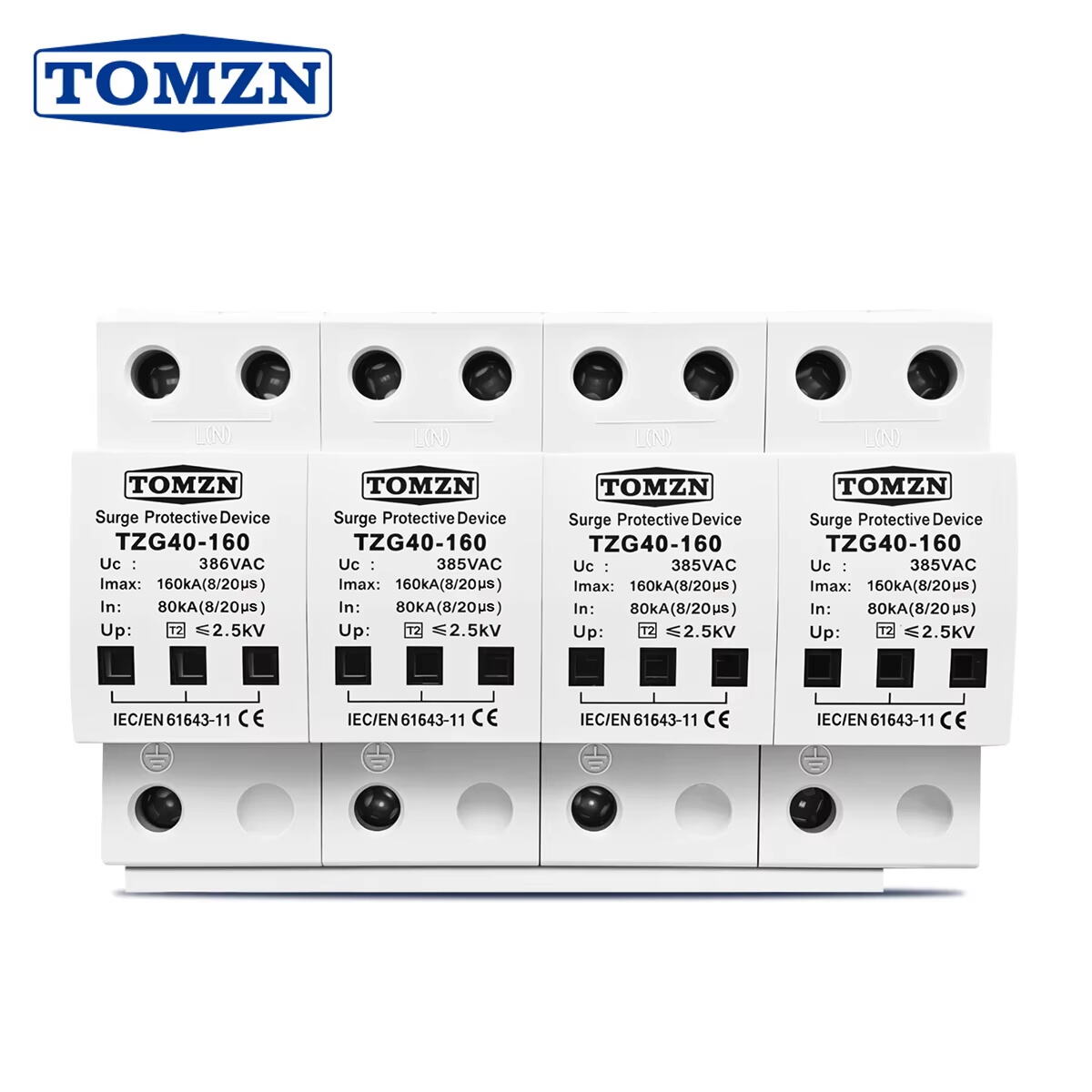Understanding Surge Protection Fundamentals for Modern Commercial Infrastructure
Protecting commercial buildings from electrical surges has become increasingly critical as our reliance on sophisticated electronic equipment continues to grow. A surge protective device serves as the first line of defense against potentially devastating power surges that can damage valuable equipment and disrupt business operations. Modern facilities managers and electrical engineers must carefully evaluate their surge protection needs to ensure comprehensive coverage for their commercial installations.
The complexity of today's electrical systems, combined with the rising costs of equipment and downtime, makes selecting the right surge protective device more crucial than ever. From server rooms to HVAC systems, every piece of sensitive electronic equipment requires adequate protection against both external and internal surge events.
Essential Components of Commercial Surge Protection Systems
Primary Surge Protection Elements
At the heart of any commercial surge protection system lies the surge protective device, which consists of several key components working in harmony. The metal oxide varistor (MOV) technology forms the backbone of most modern surge protectors, providing rapid response to voltage spikes. These components are engineered to redirect excess voltage safely to ground, protecting connected equipment from damage.
Supporting elements include thermal disconnectors, fusing mechanisms, and monitoring systems that ensure the surge protective device operates reliably throughout its service life. The coordination between these components is crucial for maintaining consistent protection levels and preventing cascade failures in the electrical system.
System Integration and Coordination
Effective surge protection requires careful integration with existing electrical infrastructure. A well-designed system implements multiple layers of protection, starting at the service entrance and extending to branch circuits and point-of-use applications. This coordinated approach ensures that surge energy is properly managed and dissipated across multiple devices.
Modern surge protective devices incorporate advanced diagnostic features, including visual status indicators and remote monitoring capabilities. These features allow facility managers to proactively maintain their surge protection systems and respond quickly to any protection compromises.

Selection Criteria for Commercial Applications
Voltage Protection Rating Requirements
The voltage protection rating (VPR) of a surge protective device indicates its ability to limit surge voltages to a specific level. Commercial buildings typically require devices with VPR ratings appropriate for their electrical system configuration and equipment sensitivity. Lower VPR ratings indicate better protection but must be balanced against cost and system requirements.
Selection should account for the nominal system voltage and the vulnerability of protected equipment. Mission-critical facilities often require more stringent VPR specifications to ensure maximum protection for sensitive electronic systems.
Surge Current Capacity Considerations
The surge current capacity determines how much surge energy a device can safely handle. Commercial installations should select surge protective devices with adequate capacity based on the facility's location, exposure to lightning, and internal switching events. Higher surge current ratings provide greater protection but typically come with increased costs.
Industry standards recommend minimum surge current ratings based on the installation location and application type. Facilities in lightning-prone areas or those with sensitive equipment may require higher capacity ratings for adequate protection.
Installation Best Practices and Maintenance
Optimal Mounting Locations
The effectiveness of a surge protective device heavily depends on its installation location. Primary devices should be installed as close as possible to the service entrance to intercept external surges. Secondary protection should be strategically placed near critical equipment and at distribution panels serving sensitive loads.
Lead length minimization is crucial for optimal performance, as longer conductor lengths can significantly reduce the device's effectiveness. Professional installers should follow manufacturer guidelines and industry best practices for mounting and connection methods.
Regular Maintenance Protocols
Maintaining surge protective devices requires regular inspection and testing to ensure continued effectiveness. Facility managers should establish maintenance schedules that include visual inspections, diagnostic testing, and documentation of device status. Regular maintenance helps identify degraded components before they fail and compromise system protection.
Modern surge protective devices often include built-in diagnostics and monitoring capabilities that facilitate maintenance. These features should be regularly verified and integrated into the facility's overall maintenance program.
Future Trends in Surge Protection Technology
Smart Monitoring and Integration
The evolution of surge protection technology is moving toward smart, connected systems that provide real-time monitoring and predictive maintenance capabilities. Advanced surge protective devices now incorporate IoT connectivity, allowing facility managers to remotely monitor protection status and receive instant notifications of any issues.
These intelligent systems can track surge events, analyze patterns, and provide valuable data for optimizing protection strategies. The integration with building management systems enables more comprehensive facility protection and improved response to power quality issues.
Enhanced Protection Technologies
Emerging technologies are improving the performance and reliability of surge protective devices. New semiconductor materials and hybrid protection schemes offer better surge suppression with reduced let-through voltage. These advances help protect increasingly sensitive electronic equipment while maintaining long-term reliability.
Manufacturers are also developing more environmentally friendly solutions that reduce the environmental impact of surge protection components while maintaining or improving performance levels.
Frequently Asked Questions
How long does a surge protective device typically last?
A quality surge protective device typically lasts 5-10 years under normal conditions. However, this lifespan can vary significantly based on factors such as the frequency and intensity of surge events, environmental conditions, and the quality of power supply. Regular monitoring and maintenance can help maximize device longevity.
What level of surge protection is recommended for commercial buildings?
Commercial buildings should implement a layered approach to surge protection, starting with Type 1 devices at the service entrance rated for 200kA or higher, Type 2 devices at distribution panels rated for 100kA or higher, and Type 3 point-of-use protection where needed. Specific ratings should be determined based on the facility's risk assessment and equipment sensitivity.
Can a surge protective device prevent all types of electrical damage?
While surge protective devices are highly effective against most transient voltage events, they cannot prevent all types of electrical damage. They are specifically designed to protect against voltage surges and spikes but do not protect against sustained overvoltage conditions, brownouts, or complete power failures. A comprehensive power quality strategy may require additional protection measures.
Table of Contents
- Understanding Surge Protection Fundamentals for Modern Commercial Infrastructure
- Essential Components of Commercial Surge Protection Systems
- Selection Criteria for Commercial Applications
- Installation Best Practices and Maintenance
- Future Trends in Surge Protection Technology
- Frequently Asked Questions
